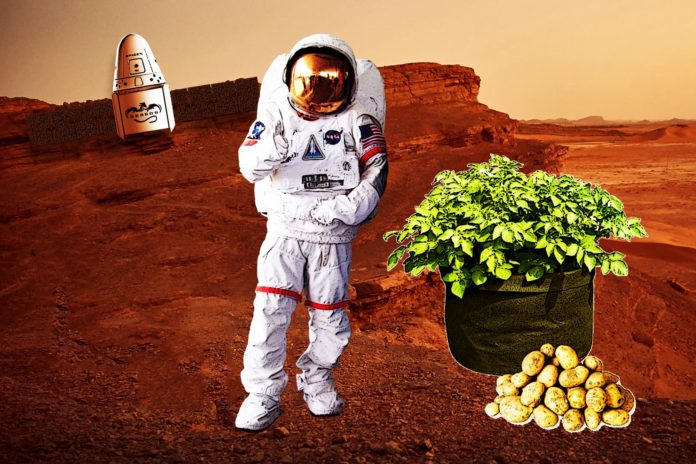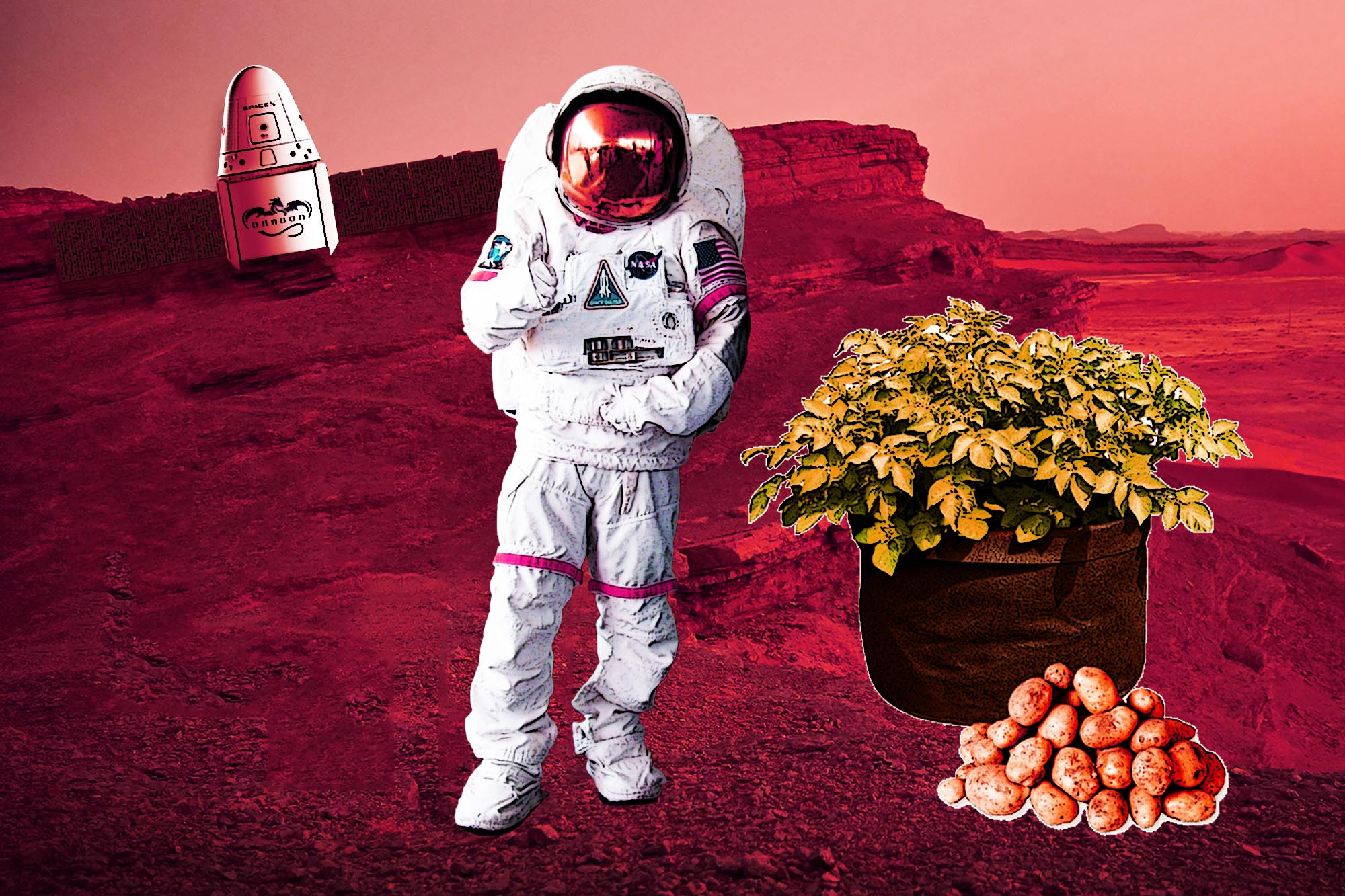
For a long time, insinuations and statements released by space scientists targeting space travel have filled the airwaves. This has been spearheaded by one of the most successful private spaceflight companies, SpaceX. In collaboration with NASA, there have been tremendous innovations and updates regarding space.
Regarding the inhabitation of the planet Mars, many questions have been raised. What will people eat on Mars? How will people survive on Mars? Will people return from Mars? What will protect people from radiation on Mars? SpaceX, in conjunction with NASA, is seeking to find answers. Let’s delve further into this private spaceflight company.
SpaceX
SpaceX, or Space Exploration Technologies Corporation, is an American aerospace manufacturer. It was established by Elon Musk in 2002. Elon Musk’s major aim for SpaceX was to reduce the costs of transportation to space, particularly Mars.
Since its inception, SpaceX has provided immense aid to NASA and other space aficionados in matters concerning space exploration. Some of its major achievements include:
- Launched the first privately funded spacecraft named the Dragon in 2010.
- It was the first private company to send a spacecraft to the international space station in 2012.
- It became the first to launch, re-launch, and land an orbital rocket.
- SpaceX had flown 10 missions to the ISS under a cargo resupply contract as of March 2017.
The Interplanetary Transport System
Also referred to as the Mars Colonial Transport, the Interplanetary Transport System is a privately funded transport development project. It was unveiled in September 2016 by SpaceX CEO, Elon Musk. Its aim is to develop a technology that will facilitate spaceflight in a cost-effective manner. According to Musk, the initiative arose after SpaceX was requested to send people to the moon in a Dragon spacecraft. With the current advancements, this could be the first lunar tourism.
The project involves using reusable launch vehicles, spacecraft, and other sophisticated space technology. The main destination for this initiative was Mars. It is also envisioned to support further exploration missions to Jupiter and Saturn.
These are five insights you probably didn’t know about the Mars mission transport.
Mars Mission Transport 1: Propellant Plant
The concept of this idea was mainly to decrease the transport cost to other interplanetary destinations. The company’s innovative solution was the placement and operation of a plant physically on Mars. The plant was tasked with the production and large quantity storage of propellant components. This would enable refueling of the spaceships, once they landed on the red planet.
As per the plans, the first interplanetary spaceship would carry a smaller-sized propellant plant as part of the cargo load. The plant would then be expanded to multiple synods as more equipment arrived. In addition, the plant will take advantage of the overly available carbon dioxide and water on Mars. And lastly, the plant will process these raw materials via electrolysis and Sabatier processes to produce methane and oxygen for long-term storage and use.
Mars Mission Transport 2: The Launch Facility
Where will launch occur? Musk revealed that the initial site for the launch of the spaceship would be a Florida Space Coast based SpaceX leased facility. Originally, this site was thought to be small to handle all the operations. However, there would be multiple launch sites. Others may be along the South Texas coast.
Mars Mission Transport 3: Mission Concepts
What are the details of the mission? Musk indicated that the first crew will be relatively small. The first interplanetary spaceship will be named “Heart of Gold.” It will be loaded with equipment that will be used in building the propellant plant. The first crew will be made up of approximately 12 people.
Before more trips with people are made, cargo missions will precede. The missions will transport the necessary equipment, including machines and tools. Examples are those used for the manufacture of fertilizers, methane, and oxygen from the atmospheric oxygen and carbon dioxide from Mars. Construction materials for building transparent domes to grow crops will also be transported.
Mars Mission Transport 4: Transport cost and time
How much time will it take? The distance between Mars and the planet Earth is definite. The speed of rocket spaceships are certainly determinants of time needed to reach the planet. NASA and SpaceX have different approximations of the days it will take to reach the planet. As for SpaceX, Musk thinks that it would take approximately between 80 to 150 days in transit.
What will it cost? Musk stated that an aspirational price goal of $500,000 per person could be achieved. Remember, the main aim of bringing up this company was to reduce the transport cost. Long-term costs may drop as low as $200,000.
Mars Mission Transport 5: Survival Means
What will the occupants eat? Food cannot be sourced from Earth throughout the inhabitation. This would be extremely costly. Additionally, the Martians or Mars soil is not suitable for cultivation. Musk indicated that they would develop controlled environments for crop cultivation.
Various studies have been undertaken to check the viability of growing potatoes on Mars. Potato growth was proven in a Peruvian lab, the capital of Lima. The potatoes were grown in a simulator that mimicked the various harsh conditions of Mars. Despite early stages, the researchers at the International Potato Center are confident that these initial results are a promising indicator that potatoes can grow in Mars’ conditions.
In the first stage, the conditions in Lima were made so that out of the 65 planted varieties of potatoes, only 4 sprouted. In the second stage, various robust varieties were planted in more extreme conditions. Since Mars has no organic soil, the extreme conditions used to grow the potatoes included crushed rocks and nutrient solutions. A variety referred to as “Unique” was the winning potato variety. The super potato resisted the freezing and high carbon dioxide conditions.
Conclusion
Though seemingly extremely ambitious, inhabiting the red planet could be possible. The progress made by SpaceX are drawing us closer to interplanetary relocation. In collaboration with NASA, SpaceX could see their goal of facilitating this by 2018. Especially now, considering that survival on Mars can be possible with the super potato.


















